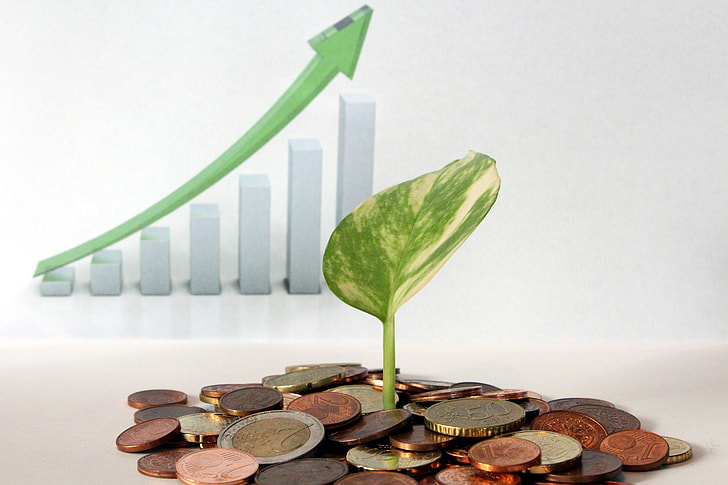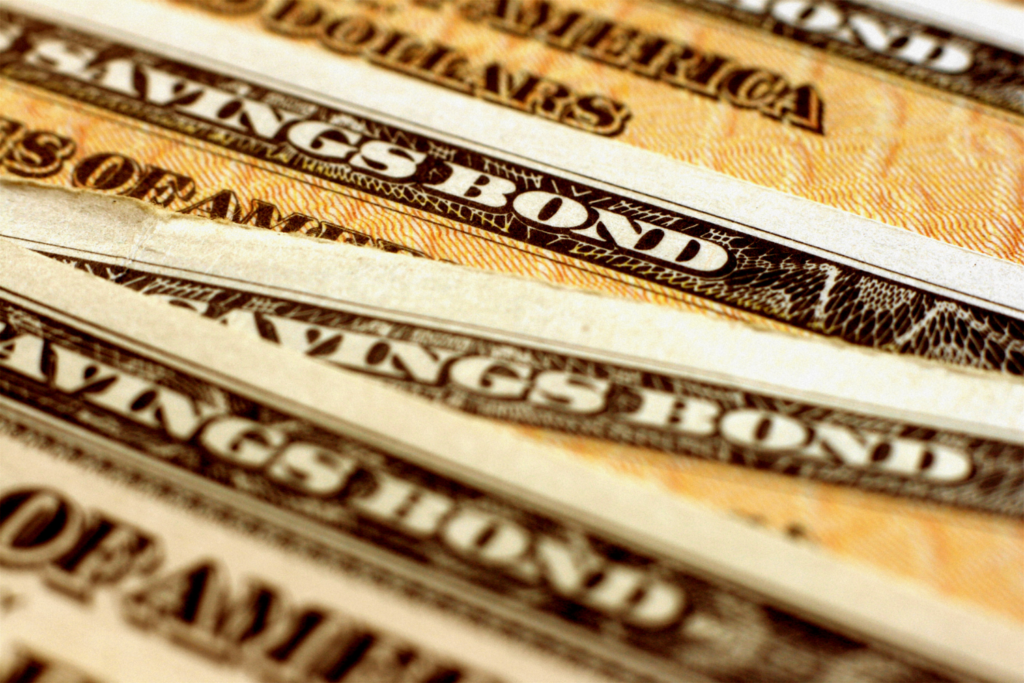
In the ever-changing financial market, investing stays one of the most popular methods for building long-term wealth. When compared to savings and bonds accounts, building a well-diversified portfolio can deliver better results, making it one of the most effective ways to transform your capital into a passive income stream that will ensure financial freedom.
However, to beginner investors, knowing just what to invest in and when can be confusing and even alienating. That’s why we’ve put together this guide to inform you of the essential things you need to know about creating a diversified portfolio to secure your future.
Contents
The Whys and Whats of Diversification
So, what exactly is diversification, and why is it important?
As a beginner investor, you’ve probably come across the term ‘diversification’ before and wondered just what it’s all about. Diversification simply means spreading your capital investments across different asset classes and sectors to reach the ideal balance of risk and reward. Asset classes include things like stocks, commodities, bonds, and real estate, while sectors can refer to industry sectors and geographical markets.
The financial markets are inherently volatile, but the assets in a diversified portfolio work together to reduce the risk of permanent loss of capital. You’ve no doubt heard the old adage about ‘not putting all your eggs in one basket. Well, when you invest in a diversified portfolio, you are splitting your ‘eggs’ across multiple ‘baskets’ to reduce the potential risks associated with a single asset.
Suppose one area of your portfolio isn’t performing well. In that case, this can be offset by a positive performance in another and may even lead to higher returns and better long-term stability.
Diversifying your portfolio is also a foolproof way to remove the emotions from investing. While it is important to invest in the sectors and classes you’re personally interested in, if you only invest in what you feel passionate about, you leave yourself open to a greater risk of loss.
Let’s say, for example, that you’re fascinated by cryptocurrencies: you try out BTC casino games regularly and want to take a more active approach to investing in crypto coins. If you used your capital to only buy crypto, you’d expose yourself to a significant amount of risk given the intensely unpredictable nature of the market.
Understanding Asset Classes
Now that you have a better understanding of why you need to build a diversified portfolio let’s take a closer look at the building blocks of investment portfolios: asset classes.
As mentioned above, you can think of asset classes as the ‘baskets’ you put your ‘eggs’ (capital) into. They stand for several types of investments, such as stocks, commodities or cryptocurrencies, and each has its own associated risks and rewards. If your goal is to minimise risk while receiving help from maximum rewards, you should spread your investments across a variety of different asset classes.
Here are five major asset classes you can expect to come across:
- Equities: More commonly known as stocks, equities stand for ownership in a company and offer the potential for capital appreciation, as well as dividend income. Equities typically form the cornerstone of a diversified investment portfolio.
- Fixed Income Securities: Aka Bonds, securities offer regular interest payments and return of principal (at maturity). Bonds are one of the most stable asset classes, especially government-issued investments, meaning they can counterbalance the volatility of stocks, etc.
- Cash: savings accounts or investments that are readily accessible are classed as cash investments. Cash is the most liquid of all asset classes, making it a valuable element of a balanced portfolio. However, its accessibility means that it can’t offer high returns.
- Commodities: Widely used as a hedge against inflation, commodities include physical goods like gold, silver, palladium, oil, and agricultural products. Due to their low correlation with other the stock market and other asset classes, commodities can offer diversification benefits.
- Cryptocurrencies: Decentralised currencies have disrupted the financial markets and are proving to be a popular alternative asset class. Cryptocurrencies can provide the potential for significant growth when added to a diversified portfolio, but they should be treated with caution due to their nascent and volatile status.
To figure out which asset classes to add to your investment portfolio, you need clarity on how long your investment time horizon is (the length of time you’re prepared to invest for). Generally speaking, if you have a longer time horizon, you can distribute a higher part of capital into riskier asset classes like stocks. On the other end of the scale, if you’re looking at a shorter time horizon, you’ll likely look to allocate a higher portion of your capital to stable assets like bonds.
Examples of Diversified Portfolios
- Cautious Approach: 20% stocks, 50% bonds, 30% other (cryptocurrencies and short-term investments.
- Balanced Approach: 50% stocks, 40% bonds, 10% other.
- High Growth Approach: 70% stocks, 25% bonds, 5% other.
Apps and Tools to Manage Your Portfolio
Of course, here in the digital age, there are a wealth of online platforms, resources and downloadable apps to help manage your portfolio. The practice of investing is being democratised with every new innovation, meaning you don’t need to possess an in-depth knowledge of the financial markets to start building your financial future — although it certainly helps.
Free apps like Mint by Intuit and Empower deliver portfolio management tools for knowledgeable investors, while apps like Quickens Simplifi offer a subscription service to guide beginner investors with modest portfolios. Furthermore, trading platforms, including eToro, make it easy to invest in well-balanced portfolios through its Smart Portfolios and CopyTrader functions.




